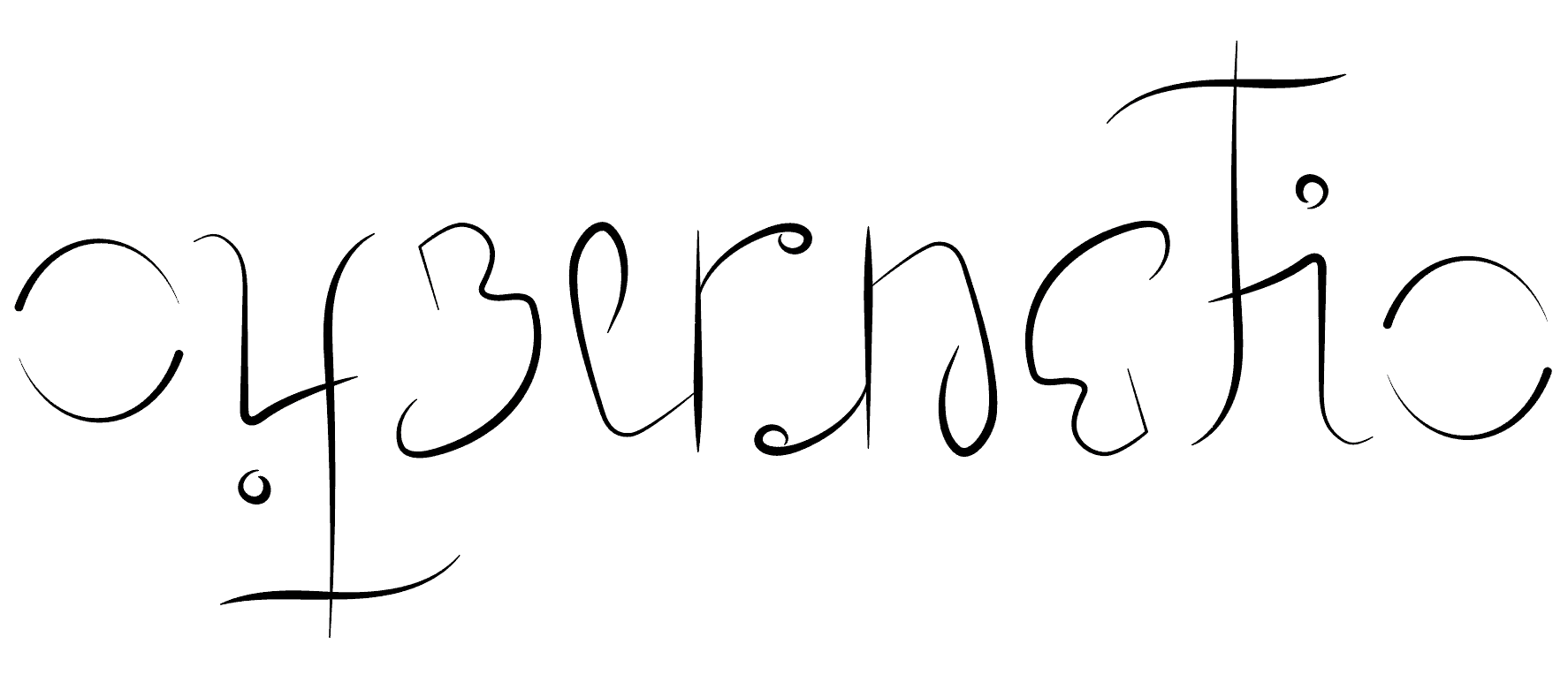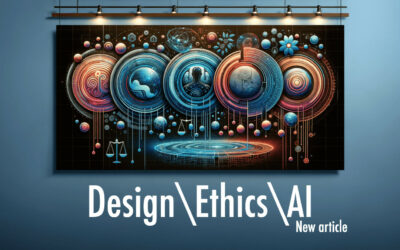180 degree rotational ambigram for the word “cybernetic,” ©punyamishra
Here is the next article in our series Rethinking Technology & Creativity in the 21st Century for the journal TechTrends featuring an interview with Dr. Paul Pangaro, Associate Professor & Chair of the Master of Fine Arts in Interaction Design program at the College for Creative Studies. Dr. Pangaro has a rich, multi-dimensional background that allows him to provide a nuanced and unique perspective. As we write in the article:
[Dr. Pangaro’s] views, influenced by his early work in humanities, computer science, and film, and driven by cybernetics and conversation theory, are a lens for everything he has done and continues to frame the way he sees the world. Our discussion with Dr. Pangaro highlighted several themes that characterize his current work and perspective on creativity. These themes include: creativity as an act of re-seeing the world; cybernetics and design; and the evolving role of technology, creativity, and conversation in our world.
Lot more in the complete article, which is linked to below:
Henriksen, D., Mishra, P., Warr, M. & The Deep-Play Research Group (2017). A Cybernetic Perspective on Design and Creativity: a Conversation with Dr. Paul Pangaro. Tech Trends (61)6. DOI 10.1007/s11528-017-0221-1




0 Comments